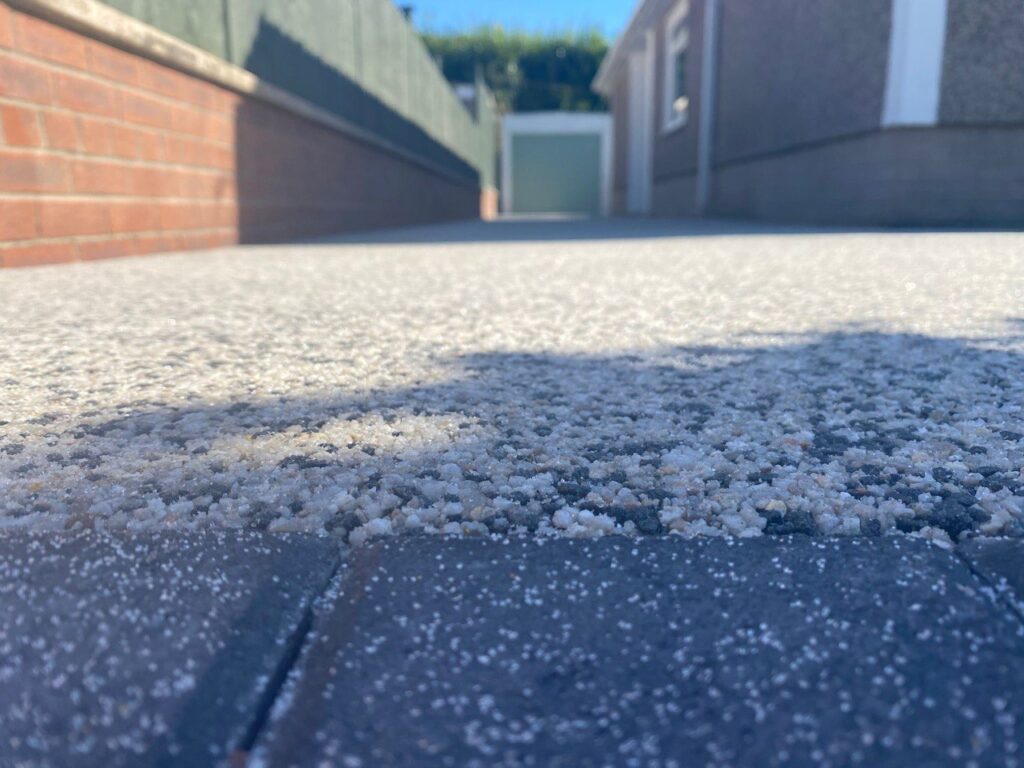Tarmac and Cultural Heritage: Preserving Historic Roadways
Introduction: Tarmac, a ubiquitous feature of modern road construction, has played a significant role in shaping how we connect with the world. However, while tarmac roadways are known for their durability and functionality, they also have a unique relationship with cultural heritage. In this blog post, we explore the intersection between tarmac and history, delving into how modern road construction can either support or threaten our cultural heritage.
Preserving the Past: Historic Roadways
Historic roadways, often made of cobblestones, bricks, or other traditional materials, offer a glimpse into the past. They serve as tangible links to bygone eras, reflecting the architectural styles, engineering techniques, and social contexts of their time. These roads are more than just pathways; they are cultural artifacts with stories to tell.
Challenges of Modernisation:
With the ever-increasing need for efficient transportation networks, historic roadways sometimes face the threat of modernisation. In some cases, the decision to replace traditional surfaces with tarmac may seem practical from a transportation perspective, but it can also pose challenges to cultural heritage preservation.
Balancing Tradition and Progress:
Preserving cultural heritage while embracing technological progress is a delicate balance. Here are some strategies to achieve that equilibrium:
1. Heritage Impact Assessments:
Conduct thorough heritage impact assessments before embarking on road construction projects. These assessments evaluate the historical significance of existing roadways and explore alternatives to replacement.
2. Adaptive Reuse:
In some instances, it may be possible to adaptively reuse historic road surfaces by incorporating them into modern road designs. This allows for the preservation of heritage while meeting contemporary transportation needs.
3. Replication:
When historic road surfaces are beyond repair, consider replicating their appearance using modern materials. This approach retains the visual and cultural aspects of the roadway while improving its functionality.
Preservation Success Stories:
Several regions worldwide have successfully balanced tarmac road construction with cultural heritage preservation:
- Europe: In many European cities, historic cobblestone streets coexist with tarmac roadways. These cities have found ways to protect their heritage while accommodating modern traffic.
- Colonial Williamsburg, USA: This historic site in Virginia uses tarmac roadways that mimic traditional materials, preserving the ambience of the 18th-century colonial era.
Conclusion: Tarmac road construction, with its undeniable benefits, should not be seen as the enemy of cultural heritage. Instead, it presents an opportunity to find innovative ways to protect and celebrate our past while building for the future. By carefully assessing the heritage value of existing roadways, considering adaptive reuse and replication, and drawing inspiration from successful preservation projects worldwide, we can ensure that tarmac and cultural heritage coexist harmoniously. In doing so, we preserve not only our historic roadways but also the stories they carry for generations to come.
Call us on: 01795 718 688
Click here to find out more about Sheppey Driveways
Click here to complete our contact form and see how we can help with your driveway needs.

